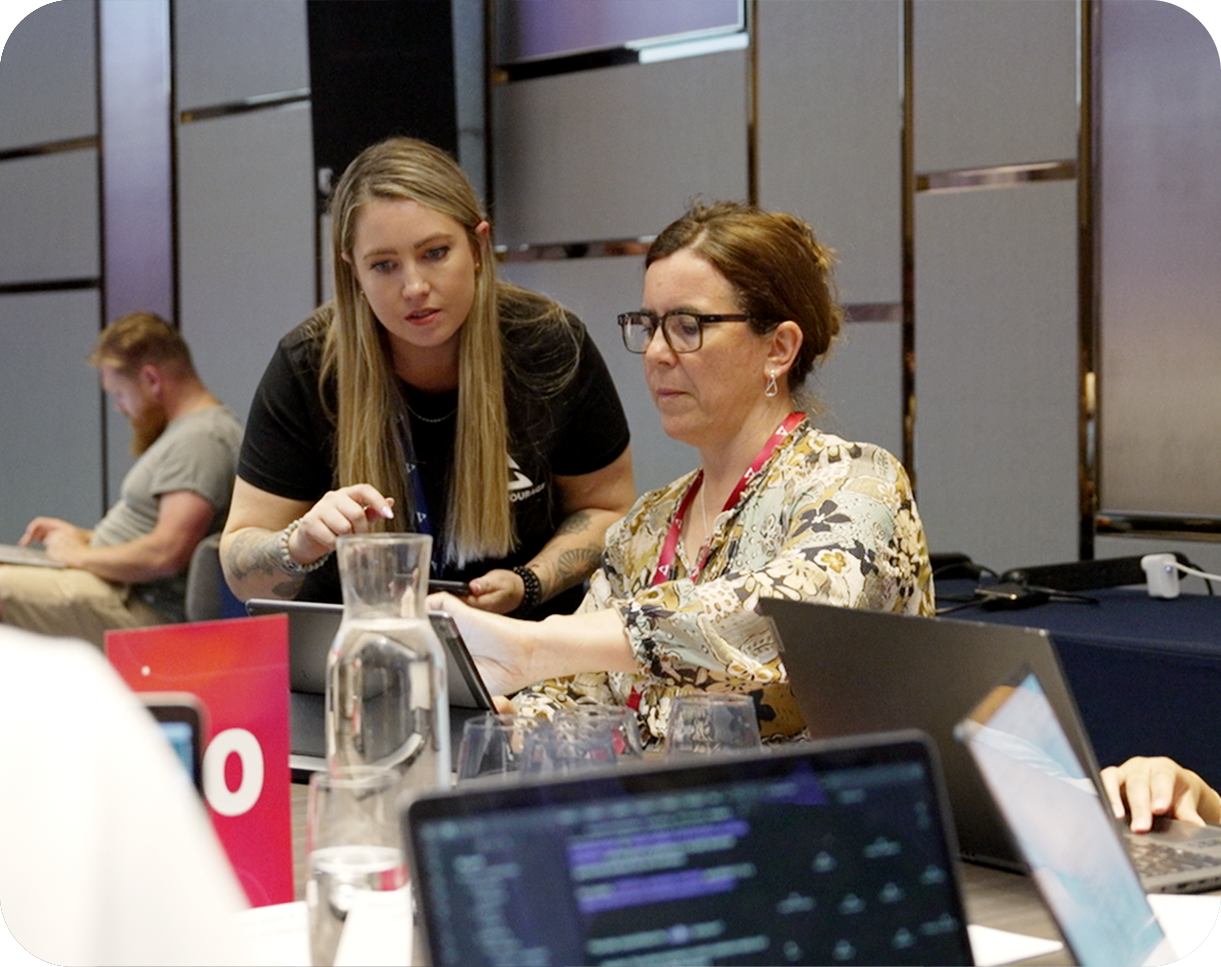The markets are wobbling, and you have a sinking feeling in your stomach when you open your portfolio. It’s hard not to wonder: why is the stock market down? Investors, analysts, and everyday savers are all watching the same red arrows and trying to make sense of the drop. Is this just a temporary dip or the beginning of something bigger?
Why is the Market Dropping Today?
Every market dip has a trigger. This time, it’s a mix of things. Lower-than-expected consumer spending and signs of job market cooling were enough to set off alarms. While slowing demand might help with inflation, it also hints at weaker corporate earnings ahead. Investors don't just want low inflation—they want strong growth alongside it. Without that balance, confidence starts to crack.
This immediate reaction, however, sits on top of deeper underlying concerns that have been building over the weeks.
Key Factors Behind the Slide
So, why is the stock market down this week in particular? Because those warning signs aren’t isolated—they’re part of a broader storm.
- Sticky inflation: Despite aggressive hikes, inflation is proving hard to tame. The March CPI report came in hotter than expected, especially in services and housing.
- Earnings uncertainty: We’re heading into a crucial earnings season, and the outlook is murky.
- Bond market pressure: Yields on 10-year Treasury notes are rising again. That’s typically bad news for equities, especially growth stocks.
What the Investors Are Worried About?
When the market starts falling, fear spreads fast. And right now, there’s plenty to be nervous about.
One big concern is whether the Fed has miscalculated. Some investors worry that by holding rates too high for too long, the central bank might tip the economy into a recession. Others think the Fed has waited too long to pivot and might not act fast enough when things soften.
There’s also anxiety around corporate health. Margins are squeezed by higher costs and slower revenue growth. Companies might start cutting back on hiring, expansion, and even dividends. That makes stocks less attractive, especially in the short term.
High-risk, high-volatility sectors like crypto, speculative tech, and online gaming are under pressure too. These industries thrived during the ultra-low interest rate environment, but they’re now facing tighter consumer budgets and heavier regulation.
To answer why the stock market is going down - is that investors are selling their stocks and cryptos. They want to cash out quickly until the situation is stable. This is a common trend and it is observed in many other areas, such as gambling.
In a sense, players are also investing their funds and want to be able to withdraw their winnings here and now. That’s why it’s important to have quick and easy access to your money, something that online gamblers in Canada know as well. They tend to play on fast withdrawal casino Canada sites because these brands have an efficient payment team, and fast processing banking methods. In other words, they make a safer bet when choosing these operators.
Is the Fed to Blame?
It’s easy to blame the Fed when markets drop, and also not entirely unfair.
The Fed’s job to tame inflation without breaking the economy isn’t easy. But it's using blunt tools to do so. Rate hikes cool prices, yes, but they also slow spending and investment. The market had priced in a pivot toward rate cuts by mid-2025. Now, with inflation lingering, the Fed is signaling it may keep rates higher for longer. That’s not what Wall Street wanted to hear.
Still, the Fed’s position isn’t without justification because it’s responding to real-world data. The global economic environment is just as unstable as it is at home.
Global Events Shaking Confidence
Zoom out, and it’s clear the U.S. isn’t operating in a vacuum. The conflict between Iran and Israel has pushed geopolitical risk to the forefront. For global markets, that kind of news is a recipe for caution.
Meanwhile, China continues to underperform economically, with lagging industrial output and ongoing property market woes. Add to that the U.S.–China trade friction, and you’ve got a major economic player operating at half-strength.
Over in Europe, Germany’s hovering near recession territory. Energy prices are creeping up again. All of this makes investors jittery. Global instability can spill into the stock market quickly. The IMF recently warned that trade tensions alone could trigger significant stock market corrections—a reminder that global politics are never far from Wall Street.
Tech Stocks Leading the Fall
This broader instability brings us to one of the most affected corners of the market—tech. Tech stocks are the first to fly high in a boom—and the first to fall in a panic. Right now, they’re leading the way down.
Apple, Nvidia, and Tesla have all seen sharp pullbacks. Investors are suddenly reevaluating what future growth is worth in a high-rate environment. When interest rates climb, the cost of borrowing rises, and so does the appeal of safer assets. That leaves growth stocks—especially those with sky-high valuations—vulnerable.
Tesla, for instance, is once again in the spotlight. Analysts are digging deeper into how much of its value is grounded in financials, and how much is driven by faith in its CEO. You can see how some are choosing to value Tesla with Elon Musk behind the wheel, balancing performance against persona in a market that’s losing patience with vision alone.
Even artificial intelligence—a buzzword that helped fuel 2023’s tech rally—isn’t enough to calm nerves. Investors want results, not just roadmaps. And right now, there’s growing skepticism that AI investments will translate into short-term earnings boosts.
For anyone wondering why the stock market is down, this tech-sector reset is a major part of the answer. It’s not just about interest rates or inflation—it’s about adjusting sky-high expectations to a more cautious reality.
Related Categories
Ryan Terrey
As Director of Marketing at The Entourage, Ryan Terrey is primarily focused on driving growth for companies through lead generation strategies. With a strong background in SEO/SEM, PPC and CRO from working in Sympli and InfoTrack, Ryan not only helps The Entourage brand grow and reach our target audience through campaigns that are creative, insightful and analytically driven, but also that of our 6, 7 and 8 figure members' audiences too.





